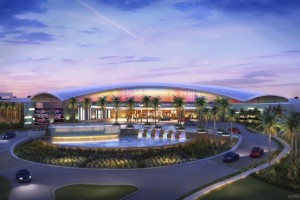 Some of the greatest gaming experiences in the United States don’t come from Las Vegas or Atlantic City, rather they come from well run tribal casinos. The state of Arizona has seen its revenue from tribal casinos rise for the third straight quarter.
Some of the greatest gaming experiences in the United States don’t come from Las Vegas or Atlantic City, rather they come from well run tribal casinos. The state of Arizona has seen its revenue from tribal casinos rise for the third straight quarter.
The Arizona Department of Gaming reports that tribal casinos payments to the state will reach $22.6 million for the quarter ending on March 31; as the desert state has seen its revenue from tribal casinos rise for the third consecutive quarter.
The tribes don’t report individual casino revenue but their contribution to the state is a definite indication of their performance. It’s financial outlook indicates the biggest quarterly percentage (6%) increase seen by the casinos since the first quarter of 2007, which coincided with the downswing of the national economy.
Poor economic times put a damper on casino spending across the board, but it appears now that the high performance of Arizona’s 22 tribal casinos is an indication that the economy is improving. Or at least people are feeling more confident about their discretionary spending.
It’s a breath of fresh air for the struggling tribal casinos that invested millions of dollars building new casinos and were hit hard by the recession including the Gila River Indian Community which opened a $60 million Lone Butte Casino in Chandler in 2008 and spent $200 million on the Wild Horse Pass Hotel & Casino, which opened in 2009 south of Phoenix. The Salt River Pima-Maricopa Indian Community will also be relieved at the increase in spending as they opened the Talking Stick Resort near Scottsdale last year, with an estimated price tag in the ballpark of $440 million.
Arizona will use the money from the payments towards funds for education, emergency services, tourism and gambling prevention in addition to the Arizona Department of Gaming’s overhead.






